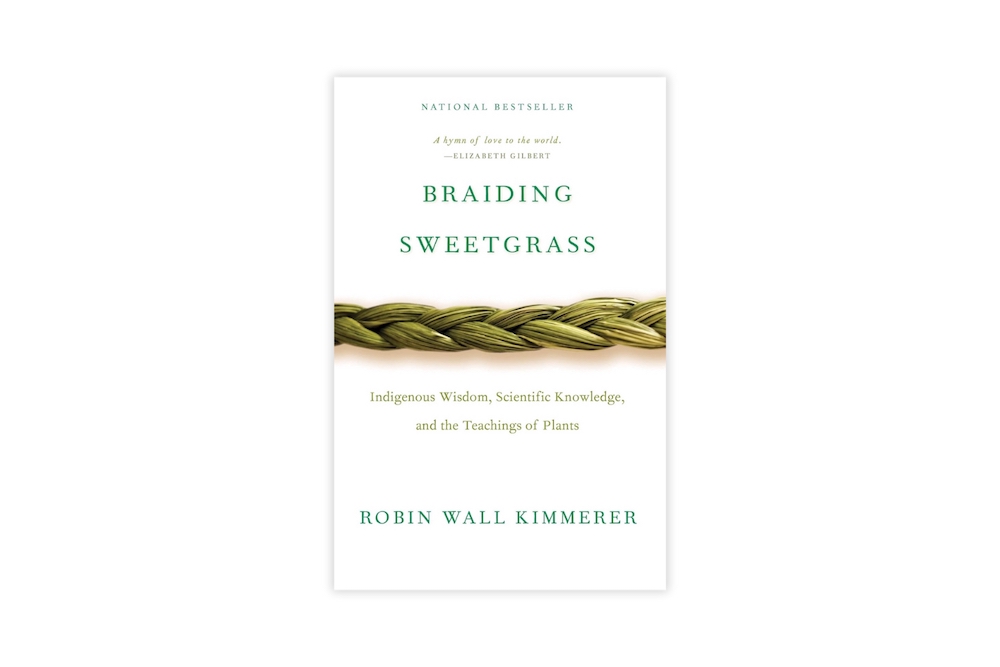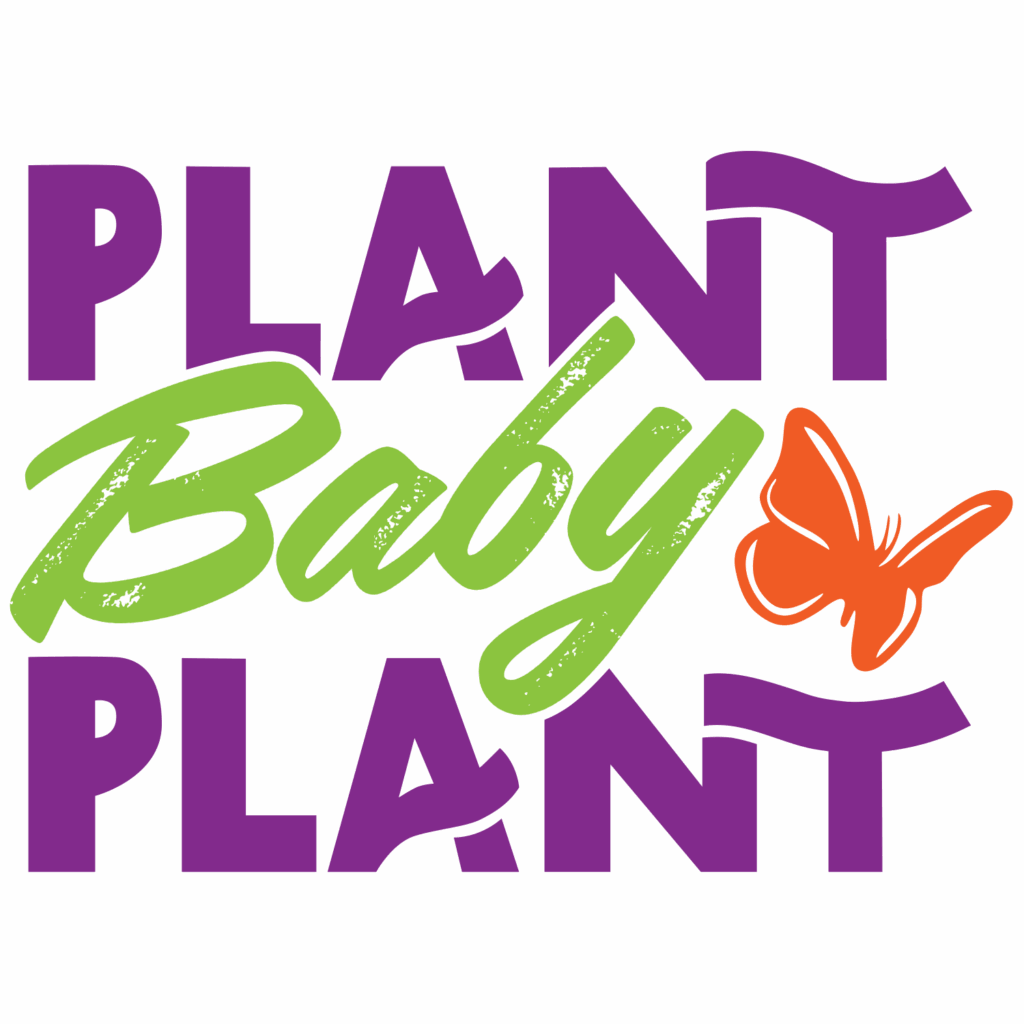Perhaps you’ve heard of the book, Braiding Sweetgrass?
Perhaps you’ve been one of the millions touched by this 2013 collection of essays by Robin Wall Kimmerer, a book about ecological reciprocity, traditional ecological knowledge, and the many gifts offered to us by the natural world.
Or perhaps you know this book simply because it’s been sitting on the New York Times Best Seller list for over five years, been read at the United Nations, used for countless curriculums, made into a book for younger readers, and translated into dozens of languages.
And if this is the first time you’re hearing about Braiding Sweetgrass, you’re in luck – you’ve got a treasure of a book awaiting your attention.

It’s been over a decade since Kimmerer has passed along her gift of Braiding Sweetgrass, and, following her new offering, The Serviceberry, we’ve been curious what she’s been up to.
Kimmerer’s new initiative, “Plant, Baby, Plant,” is a clear and direct response to the extractive phrase, “Drill, baby, drill,” often used by pro-oil and gas development politicians.
Her goal, as stated on the website, is to work across political and ideological divides to give back to a generous Earth who has given so much to us. With Plant, Baby, Plant, Kimmerer wishes to “amplify, multiply, and carry forward these powerful efforts. Now is the time to help accelerate and expand that work with a groundswell of resistance.”

According to the website, the movement will soon launch a new web platform and first campaign. There you can expect to find a robust repository of ideas, resources, and toolkits, connections with local actions in your bioregion, and calls for political action.
What does this looks like on the ground? Large mobilizations to plant trees, raising gardens, sharing native plants, protecting wetlands, and prairie restoration, to name a few actions.
What Kimmerer is most interested in with “Plant, Baby, Plant” is to build a movement of creative resistance. She’s committed to building something generative, something that runs counter to the destructive, extractive, colonial frameworks of an economic force guided not by honor and reciprocity, but by maximizing take and wealth at all costs.
For Indigenous Peoples’ Day, we encourage Magic Canoe readers to sign up for updates, and join the movement. Because, after all, if there’s one core message in Braiding Sweetgrass, it’s this: “all flourishing is mutual.”
Learn More:
- Sign up for updates on Plant, Baby, Plant
- Read more about Braiding Sweetgrass and The Serviceberry
- Listen and read “Practical Reverence: An Interview” (Emergence)
*Cover image courtesy Plant, Baby, Plant website. Photo: John D. and Catherine T. MacArthur Foundation
